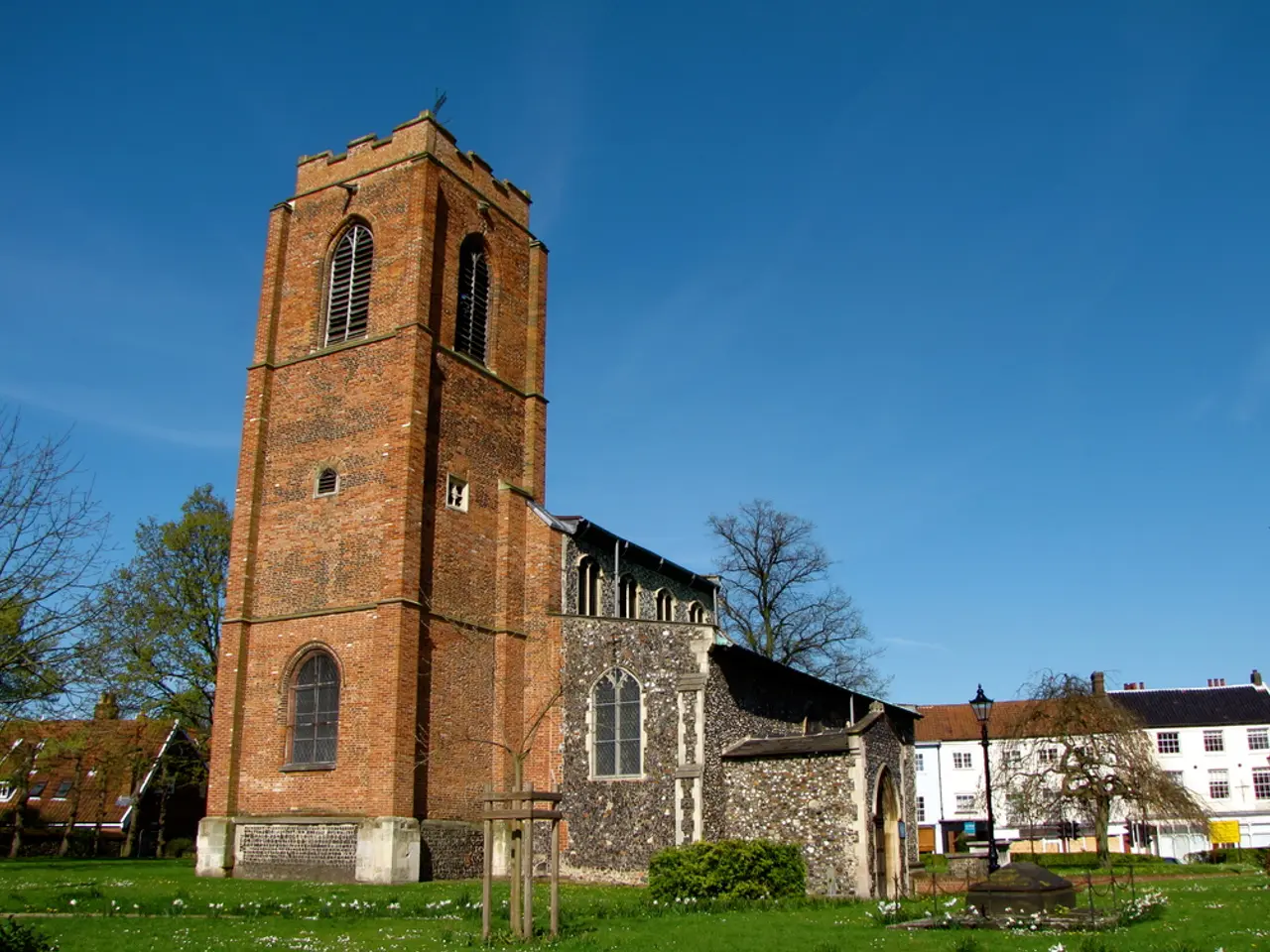Architects Gather to Discuss Emerging Tools for Regenerative Design
Architects and industry experts gathered for an AT webinar to discuss emerging tools and methods for regenerative design. The event, hosted by Ella Thorns from Studio Bark, explored how architects can move beyond carbon metrics to deliver genuinely sustainable and thriving projects.
Thorns presented a regenerative toolkit and an online carbon counting tool for small-to-medium-sized practices. She highlighted the importance of using standards like DIN EN 15804 for lifecycle-based sustainability assessment, certification systems such as DGNB and BREEAM, and methodologies including social sustainability analyses and integrated efficiency evaluations. Stakeholder analysis and circular economy principles were also emphasized to measure climate protection, social and ecological value, and regenerative development.
Ben Hancock from Oscar Acoustics joined the discussion, stressing the significance of acoustic comfort in creating thriving environments for all users. Colin Davis from Studio Partington presented contrasting approaches to regenerative retrofit, including a pilot project for the City of London Corporation and the UK's first Energiesprong pilot project. James Lord from HTA Design showcased three examples of landscape-led regenerative design, such as Kidbrooke Park and Eden Dock. Martin Knight from Studio Knight Stokoe shared retrofit case studies using nature-based solutions for regeneration and revival of buildings and sites.
The webinar delved into measuring the full impact of architectural work, including embodied carbon, social value, and ecological value. It also explored aligning performance targets around acoustics, energy, and comfort with regenerative design goals. Scaling up regenerative practice across the profession through new skills, collaborations, and knowledge-sharing was a key topic of discussion.
The AT webinar underscored the importance of architects embracing regenerative design principles to create sustainable, thriving, and regenerative projects. By adopting tools, standards, and methodologies, architects can holistically assess and enhance the impact of their work, fostering a more sustainable future.
Read also:
- Achieving Successful Bonsai Grafting: Selecting the Appropriate Scion and Rootstock for Harmony
- Marburg Buzzes With October Events: Study Guide Out, Breast Cancer Awareness Walk, New Police Dog, Digital Transport
- European consumers are on the brink of experiencing a significant leap forward in electric vehicle (EV) charging technology, as Chinese automaker BYD prepares to unveil its innovative advancements.
- India's First Indigenous Nuclear Submarine Fires Ballistic Missile








